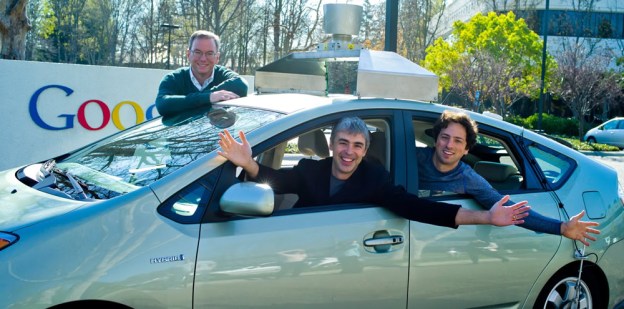
Due to a Jalopnik reader’s quick reflexes with a mobile phone camera earlier this week, one of Google’s self-driving Prius automobiles got caught rear-ending another Prius. This caused a chain-reaction that resulted in two Honda Accords and a second Toyota Prius to be rear ended. However, Google claims that the manual driving mode was enabled and a human driver is to blame for the accident. Legally, the cars must have a human behind the wheel at all times to take control of the vehicle in case of failure by the self-driving mechanism. According to Google, the cars have logged over 160,000 miles without incident when driving in the automatic mode.

There’s no law in California banning the use of self-driving vehicles and Google has used the Golden state for the majority of testing. The cars have mostly been tested on the Google campus in Mountain View, but have been driven across landmarks like the Golden Gate Bridge as well. Google also got support from Nevada in June of this year. Nevada became the first state to pass a law legalizing the use of self-driving cars. The new law allows the Department of Transportation to stipulate insurance requirements, safety regulations and designate testing areas around the state.
Editors' Recommendations
- Volkswagen is launching its own self-driving car testing program in the U.S.
- How a big blue van from 1986 paved the way for self-driving cars
- Watch San Franciscans take a ride in Waymo’s self-driving car
- From Paris to NYC, Mobileye will bring self-driving cars to metropolises
- To reach level 4 autonomy, these self-driving cars head to winter boot camp


